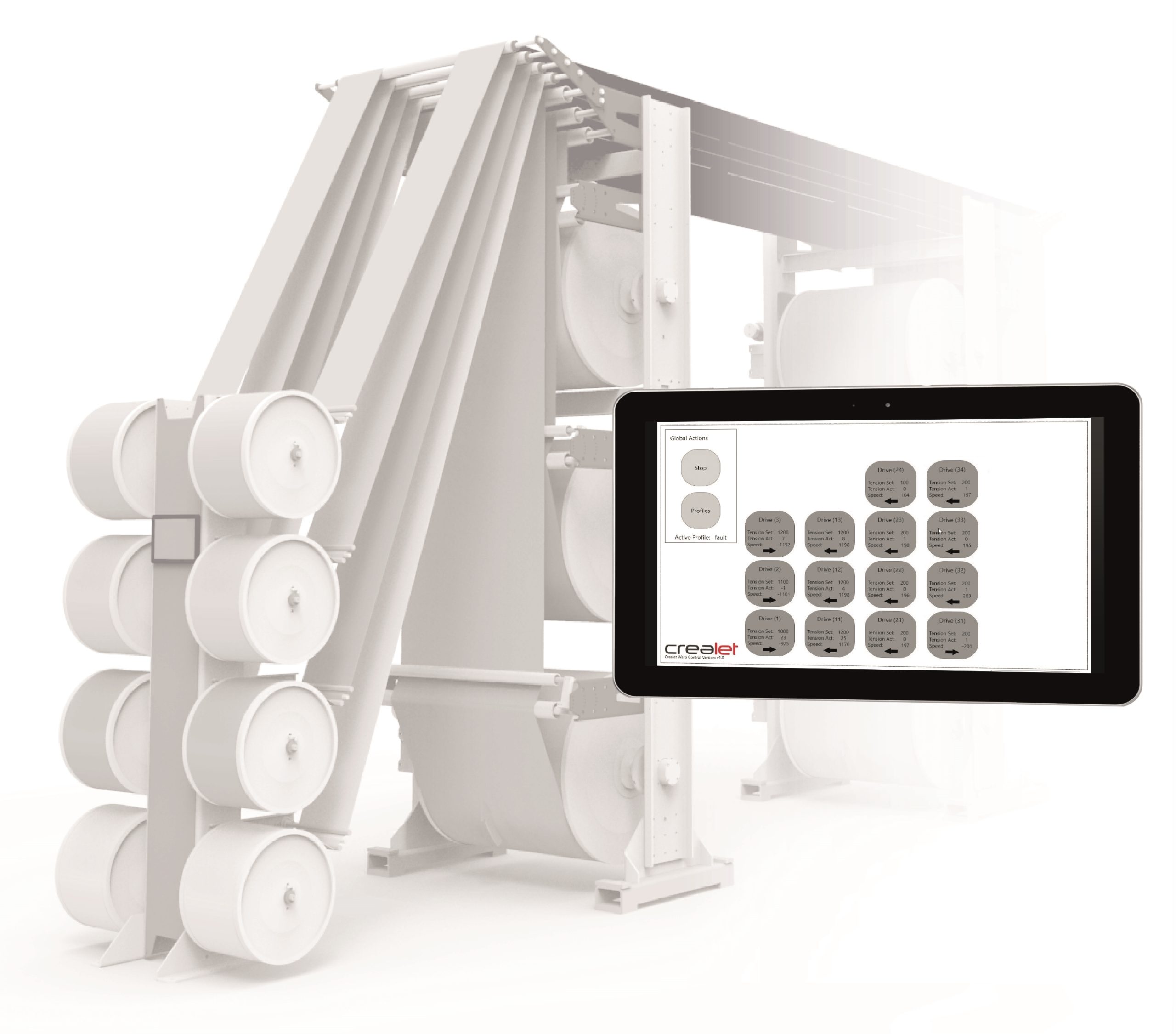In this interview, CREALET, a leading Swiss company specializing in electronic warp feeding systems, discusses its innovative solutions designed to enhance the efficiency and precision of weaving processes. The company, known for setting industry standards since 2003, highlights its customized systems for broad and narrow weaving machines. CREALET’s unique features include modular designs and customized mechanical systems tailored to specific applications.
1. CREALT is known for its electronic warp-feeding systems. Can you provide a brief overview of CREALT and its core products? And elaborate on the latest technological advancements you have introduced in this sector.
CREALET is a renowned company specializing in electronic warp feeding systems, primarily for the textile industry. Our innovative solutions are designed to enhance the efficiency and precision of weaving processes. Since 2003, we have been setting standards in the textile industry, offering customized solutions for broad and narrow weaving machines, as well as warp knitting machines.
Our expertise spans the entire spectrum of warp feeding, from creels and warp beams positioned inside, above, and outside the weaving machine, to selvedge bobbins for catch selvedges. We take particular pride in our cutting-edge solutions for narrow weaving, which ensure consistent warp tension from full to empty warp beams.
2. What are some unique features of your warp feeding systems that set them apart from other manufacturers in the market?
CREALT’s systems differ from standard products developed by weaving machine manufacturers specifically for their machines. Our warp let-off systems are customized and include not only sensor technology and an electronic control unit, but also the entire mechanical design, which is specifically tailored to the respective application. Our systems are modular in design, allowing easy customization to different weaving machine types and production requirements.
3. How do you see the current trends in the textile industry influencing the demand for your products?
The advancement of technology also affects the field of textiles, especially technical and intelligent textiles with outstanding technological properties that create new markets. The production of such textiles will bring new challenges in the weaving process and warp feeding.
Initially, no suitable standard solutions will be available on the market. This is where we come into play by making adjustments in the area of warp feed and modifications to the weaving machines, right through to the customized development of such weaving machines.
4. Sustainability is a growing concern in the textile industry. How does CREALT incorporate sustainability into its manufacturing processes and product design?
CREALT has prioritized the development of energy-efficient systems that reduce energy consumption without compromising performance. This philosophy is firmly anchored in our corporate culture and is at the forefront of all our developments.
The feedback is as varied as the problems we solve for our customers. The best feedback is repeat orders, which prove that our products fulfill our customers’ wishes. In addition, our 20 years on the market are also proof that our products are appreciated.
5. What are your main objectives for participating in the ITM 2024 exhibition, and what do you hope to achieve?
CREALT has not participated in ITM for some time. Now we are back to take the opportunity to find out what the needs and challenges of the weaving mills are. This will allow us to better focus on this market.
6. How do you evaluate the textile market and the future in Africa and the Middle East market?
The technical textile industry is experiencing continuous growth worldwide due to increasing demand in various industries and regions. Africa and the Middle East offer considerable potential for the technical textile industry due to their dynamic economic development and the increasing importance of various industries such as infrastructure, automotive, and healthcare.
It is reasonable to assume that these regions could become important markets for technical fabrics and therefore for our products in the future.



















